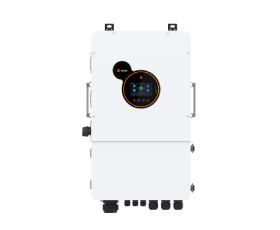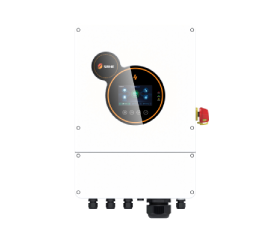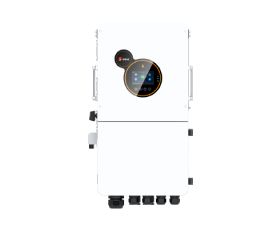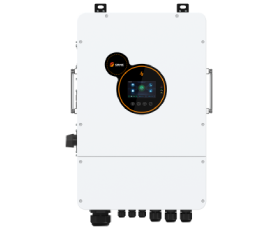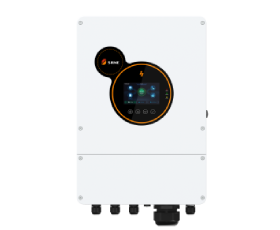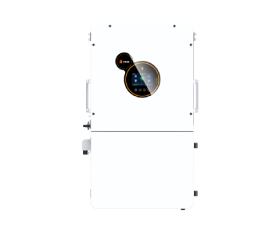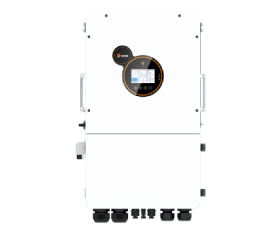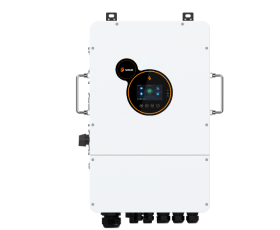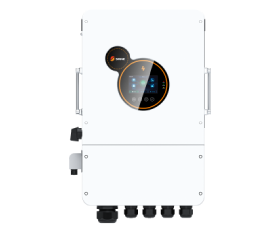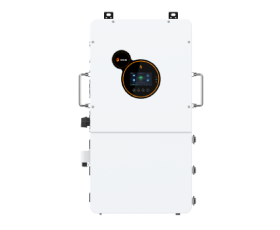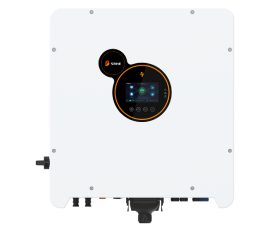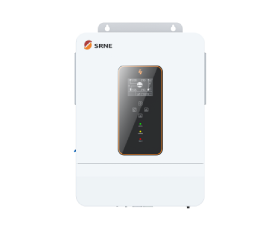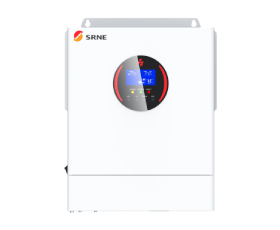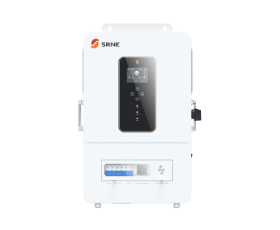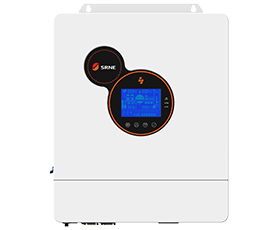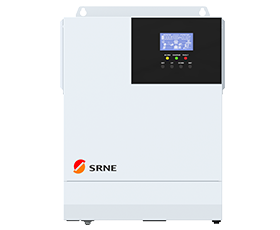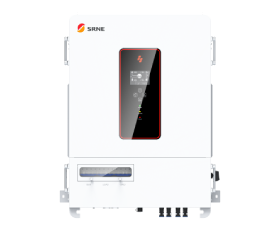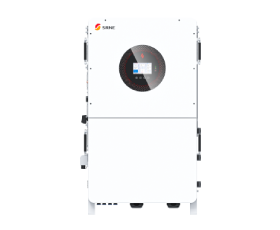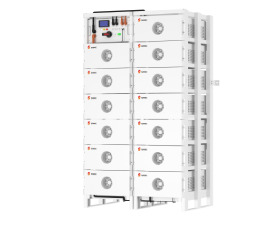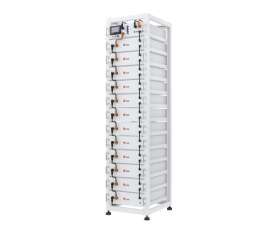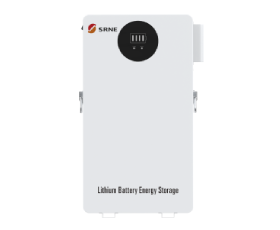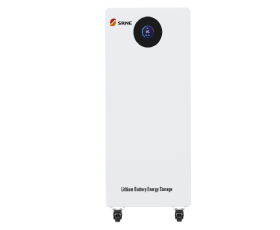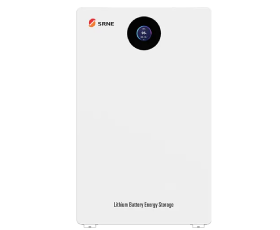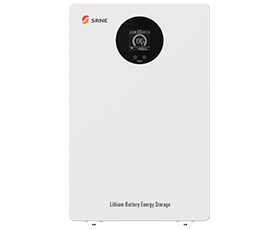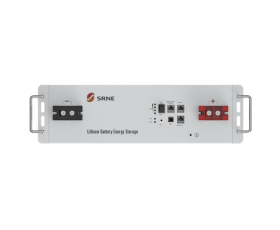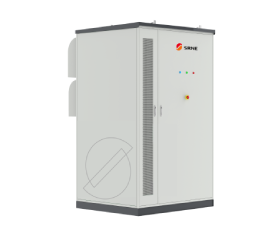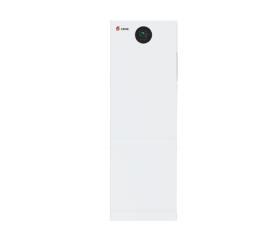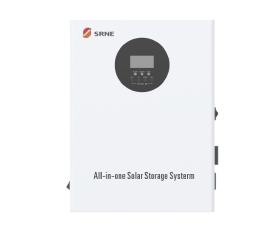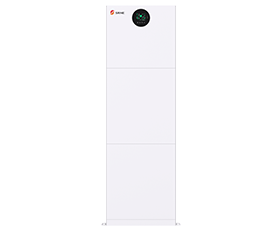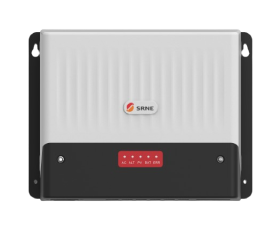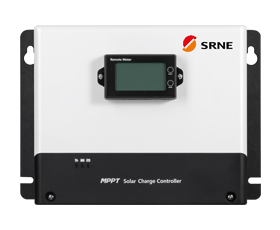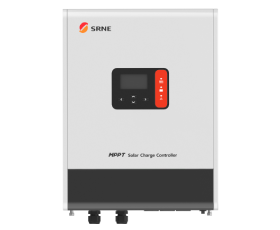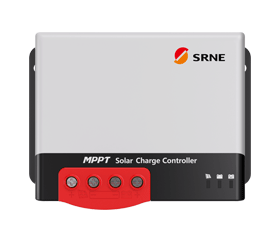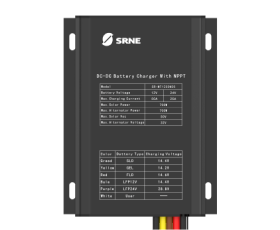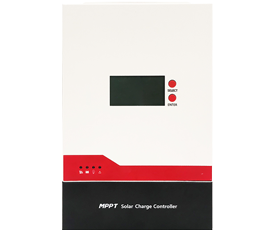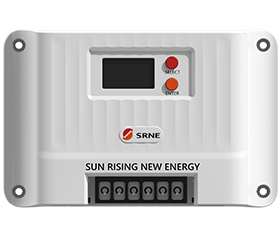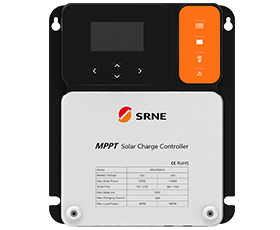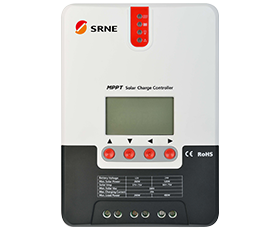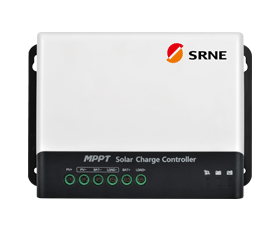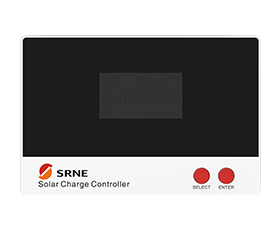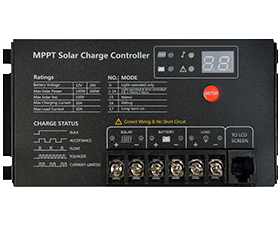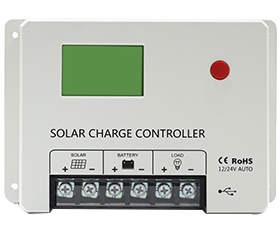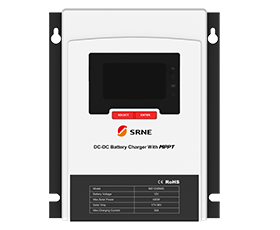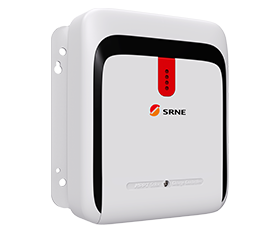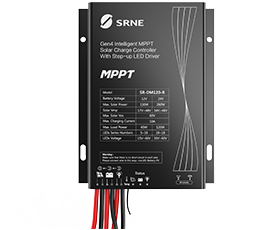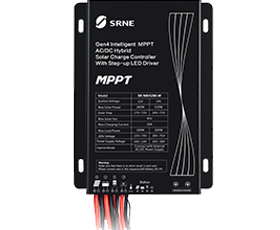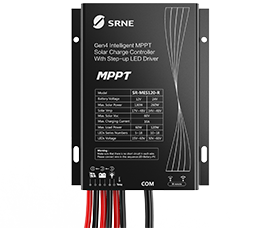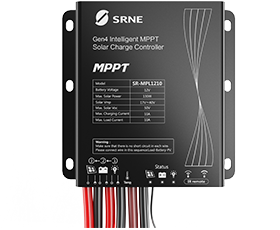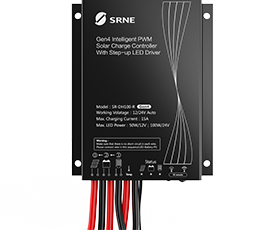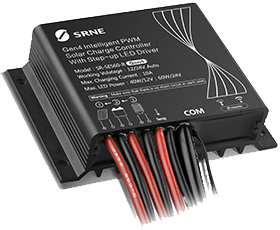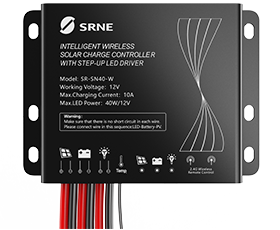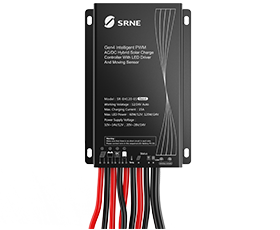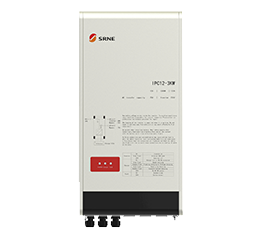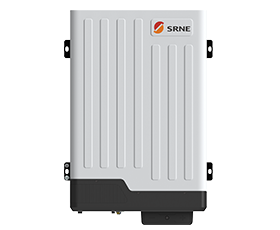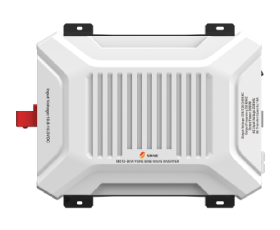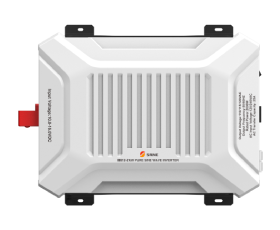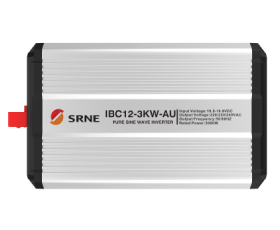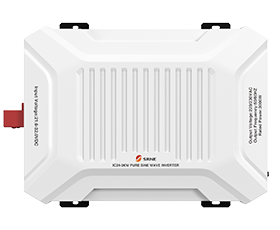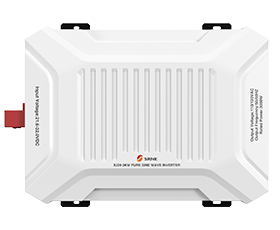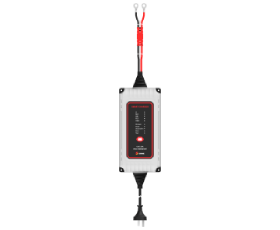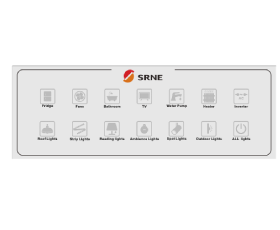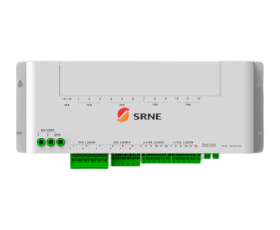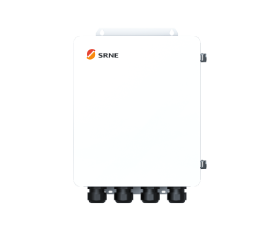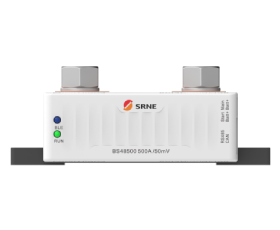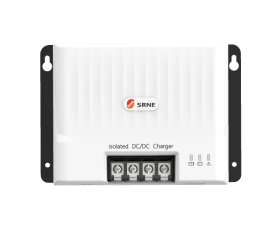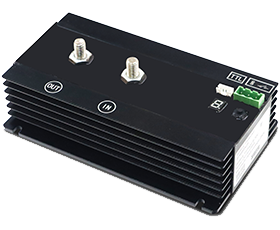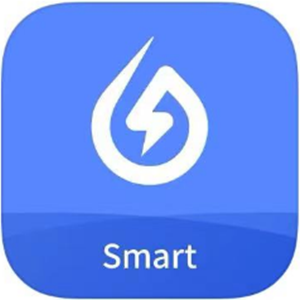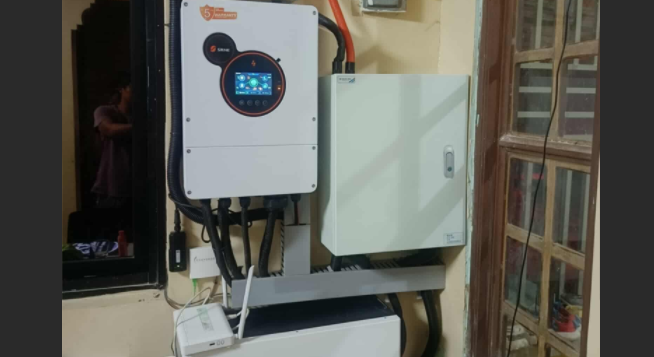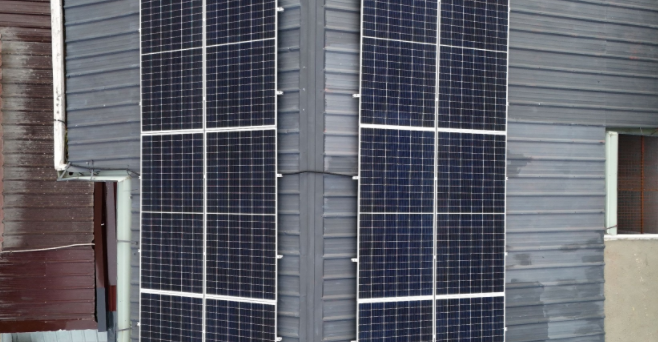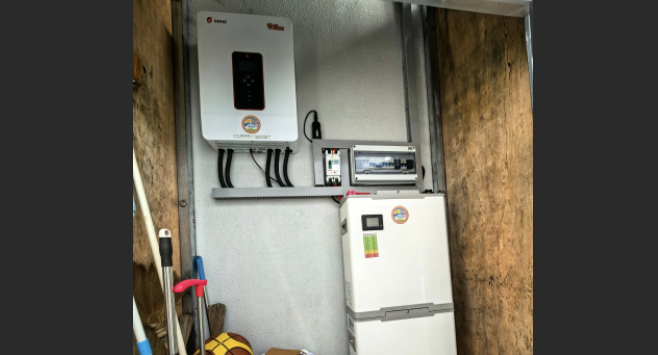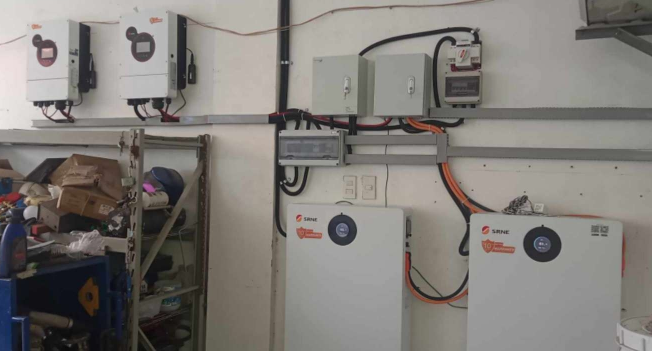Hybrid Inverter: Keeping Medical Equipment Running
In today’s world, uninterrupted power is more than a convenience—it can be a matter of life and health. For anyone relying on medical equipment at home or in a small clinic, even a brief power outage can pose serious risks. Traditional generators may be noisy, slow to start, or require constant monitoring, leaving you vulnerable when electricity fails. This is where a hybrid inverter becomes an indispensable solution. By seamlessly switching to battery power, delivering clean, stable electricity, and integrating with solar or grid charging, a hybrid inverter ensures your critical medical devices continue running without interruption.
For specialized applications like keeping vaccine refrigerators safe, you can check out SRNE’s guide to the best hybrid inverter for vaccine refrigerators to see how hybrid inverters provide reliable, uninterrupted power.
In this guide, we’ll explore how hybrid inverters support medical equipment, what features to look for, product options, and practical steps to prepare for emergencies.
How Hybrid Inverters Keep Your Medical Equipment Running
Automatic Switchover
When the power goes out, you don’t want to worry about whether your critical medical devices will keep running. A hybrid inverter automatically takes over, switching from the main electricity supply to its battery backup in just milliseconds. This near-instantaneous response ensures that devices like ventilators, CPAP machines, or oxygen concentrators continue operating seamlessly. Unlike conventional generators that require time to start and can leave you in the dark for several seconds, a hybrid inverter acts silently and immediately, giving you peace of mind that your essential equipment won’t skip a beat.
Clean and Stable Power
Not all backup systems are created equal. Standard inverters often generate a “modified sine wave,” which may cause your sensitive medical electronics to overheat, malfunction, or wear out faster. Hybrid inverters designed for medical use, however, deliver a pure sine wave output that closely mimics the smooth electricity from your regular grid. This clean, stable power protects your devices from sudden voltage spikes, flickering, or electrical noise, allowing them to operate safely and reliably around the clock. You can trust that your equipment is getting the exact type of power it needs to function optimally.
Continuous Charging
A hybrid solar inverter doesn’t just wait for emergencies—it proactively keeps its batteries ready. It can draw power from multiple sources: sunlight captured by solar panels during the day, the main grid when solar isn’t sufficient, or even a generator if needed. This continuous charging approach ensures that your battery is always topped up, so your medical devices remain operational even during prolonged outages. By intelligently managing energy from these sources, the inverter guarantees uninterrupted power, meaning you never have to worry about sudden shutdowns at critical moments.
Key Features to Consider When Choosing a Hybrid Solar Inverter for Medical Devices
Pure Sine Wave Output
For sensitive medical devices, such as ventilators, CPAP machines, or oxygen concentrators, the quality of electricity is crucial. A pure sine wave output isn’t just a nice-to-have—it’s a necessity. Unlike modified or square wave power, which can cause equipment to overheat, malfunction, or wear out prematurely, pure sine wave electricity mimics the clean, smooth current of the main grid. Choosing a hybrid solar inverter that provides true sine wave power ensures your medical equipment operates safely and reliably every time, giving you peace of mind during both planned and unexpected outages.
Fast Transfer Time
When it comes to life-supporting devices, even a brief interruption can be risky. A reliable hybrid inverter should switch to battery power almost instantaneously—ideally in less than 20 milliseconds. This rapid response prevents any downtime, keeping your essential devices running continuously without flickers or pauses. In other words, the transition from grid to battery is so fast that you won’t even notice it, ensuring your equipment remains fully operational no matter what.
Adequate Capacity
It’s important to select an inverter that can handle not only the regular power demands of your devices but also their initial startup surge. Many medical devices require more energy when turning on, and underestimating this can overload your system. Experts recommend adding a 20–30% safety buffer to your total power calculations. This approach ensures that your hybrid solar inverter can support all connected medical devices comfortably, even during peak demand periods, without compromising performance or safety.
Battery Compatibility and Management
The effectiveness of a hybrid power inverter depends heavily on the batteries it works with. Look for models compatible with high-quality lithium-ion batteries, paired with an intelligent Battery Management System (BMS). A smart BMS regulates charging and discharging cycles, prevents overcharging, and protects against overheating, which prolongs battery life and ensures consistent, reliable backup power. This combination gives you a safer, longer-lasting solution that keeps your medical devices operational during extended outages.
Remote Monitoring and Alerts
Modern hybrid solar inverters often include remote monitoring features, allowing you to track your system’s performance from a mobile app or online portal. You can check battery levels, monitor power usage, and receive instant notifications if any issues arise. This level of oversight not only adds convenience but also provides an extra layer of safety, letting you respond quickly if something goes wrong—even if you’re away from home.
Hybrid Solar Power Inverter Options and Considerations for Medical Use
Selecting the right hybrid solar power inverter for medical equipment is not just about choosing a backup system—it’s about ensuring uninterrupted, safe, and stable power for devices that can be literally life-saving. When evaluating your options, consider not only the inverter’s specifications but also how well it integrates with your existing setup, its ease of use, and long-term reliability. Below are some recommended options and important considerations for medical use:
SRNE Hybrid Solar Inverters
SRNE hybrid inverters provide a complete, all-in-one solution that integrates solar input, AC grid charging, and solar inverter functionality in a single unit. Their pure sine wave output delivers clean, stable electricity suitable for sensitive medical devices. This integrated design reduces installation complexity and minimizes potential points of failure, which is crucial for users who rely on uninterrupted power. SRNE systems are particularly suitable for households or small clinics that want a renewable-energy-friendly backup system capable of seamlessly supporting essential medical equipment during outages.
MPP Solar Hybrid Inverters
The LV and PIP series from MPP Solar offer a balance between affordability and reliable performance. These inverters provide low-distortion, pure sine wave power, making them a practical choice for users with moderate medical power needs. While budget-friendly, they still ensure stable operation for critical devices such as oxygen concentrators or CPAP machines during short to medium-length outages. Their modular design also allows users to expand the system in the future if additional capacity or solar integration is needed, offering flexibility for evolving household or clinic requirements.
Victron Energy Hybrid Power Inverters
Victron Energy is known for high-end, professional-grade hybrid inverters designed for mission-critical environments. These units offer precise digital controls, advanced voltage regulation, and exceptional reliability under heavy or fluctuating loads. They are ideal for situations where multiple medical devices need continuous, high-quality power, such as in small hospitals, clinics, or households with multiple life-support devices. Victron’s systems also support detailed monitoring and remote management, allowing users or caregivers to track battery status, power consumption, and system performance in real time.
Other Backup Options
Beyond full hybrid solar power inverter systems, there are flexible alternatives that can complement or supplement your backup power strategy. Portable power stations are compact, user-friendly, and provide several hours of electricity for essential devices, making them useful for temporary outages, travel, or emergencies. For long-term, whole-home support, pairing a hybrid inverter with a dedicated home battery system can automatically supply power to vital circuits during extended outages. This setup ensures that medical equipment continues operating without interruption while also offering the potential for integrating renewable energy sources like solar panels, increasing self-sufficiency and reducing dependency on the grid.
Keeping Medical Devices Safe with a Hybrid Inverter
Relying on medical equipment at home or in a small clinic means that a hybrid inverter alone isn’t enough—you also need careful planning and practical safety measures. Taking a proactive approach ensures that your essential devices remain powered when you need them most. Here’s how you can prepare and stay confident during any power interruption:
Join a Medical Baseline Program
Reach out to your local utility provider to see if they offer a Medical Baseline Program or any special notifications for customers who depend on life-supporting devices. Being enrolled can give you advance notice of planned outages and, in some cases, priority for power restoration. For your hybrid solar inverter setup, this means you can make sure your batteries are fully charged in advance, minimizing the risk of interruption to critical medical equipment.
Assemble an Emergency Kit
Alongside your hybrid inverter, keep a dedicated emergency kit within easy reach. Include fully charged backup batteries, device manuals, emergency contact numbers, and a clear plan detailing how long each piece of equipment can run on battery power. This ensures you can operate your hybrid inverter and connected devices efficiently, even if you need to troubleshoot during an unexpected blackout.
Communicate Your Plan
Make sure that family members, caregivers, or neighbors understand your emergency plan and know how to operate the hybrid power inverter if needed. Share instructions for turning devices on and off, checking battery levels, and responding to system alerts. Clear communication ensures everyone can act quickly and confidently, helping to keep your medical equipment running smoothly throughout an outage.
Test Your System Regularly
Installing a hybrid inverter is just the first step—regular testing is essential. Simulate power outages to verify that your devices remain operational and that the inverter switches seamlessly to battery power. Measure the transfer times and confirm that all critical equipment continues running without interruption. Frequent testing not only uncovers potential issues before a real emergency but also gives you and your household confidence in the reliability of your hybrid inverter system.
Read more
https://www.srnesolar.com/articledetail/hybrid-solar-inverters-pros-types-more.html
https://www.srnesolar.com/articledetail/hybrid-inverter-vs-normal-inverter-which-one-is-better.html
Conclusion
Power interruptions don’t have to compromise the safety or functionality of your medical equipment. A hybrid inverter, when carefully selected and properly managed, provides a reliable, silent, and efficient source of backup power. Beyond the technology itself, proactive planning—such as joining a Medical Baseline Program, assembling an emergency kit, communicating your plan, and regularly testing your system—ensures that your devices remain operational even during unexpected outages




















